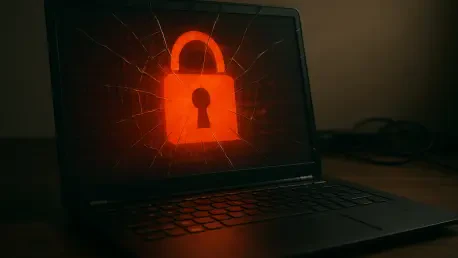In today’s digital landscape, cyberattacks and undersea cable sabotage increasingly threaten global stability and national security. The UK is at a pivotal point in addressing these threats through updated legislation. This article analyzes current market trends, evaluates data, and makes projections for future cyber legislation, emphasizing its necessity in both domestic and international contexts.
Contextualizing the Digital Threat Landscape
Cybersecurity concerns are mounting as the UK faces critical vulnerabilities in its telecommunications and digital infrastructure. Following several high-profile incidents, including suspected sabotage activities in the Baltic Sea, there is a growing consensus for more comprehensive legislative measures. This analysis draws attention to the urgent need for a legal framework that can effectively mitigate these emerging threats. The UK’s reliance on outdated laws like the 1885 Submarine Telegraph Act underscores the disconnect between historical precedents and modern-day realities, highlighting a pressing need for legislative reform.
Analysis of Legislative Gaps and Strategic Responses
The Evolution of Cyber Risks
The antiquated nature of existing UK laws poses severe risks in adequately addressing cyber threats. As cyber incidents blur the distinction between conflict and peace, the legal system appears ill-equipped to prosecute state actors participating in these activities. To close this gap, lawmakers must consider innovative frameworks that incorporate international cooperation and technological advancements. Recent cases of undersea cable sabotage further exemplify the complexities of such threats, requiring international dialogue and cooperation to ensure robust legislative solutions.
Integrating Military and Civilian Expertise
The nexus of military and civil domains is crucial in formulating an effective cybersecurity strategy. Legislative reform must embrace a collaborative model, leveraging insights from both defense and technology sectors. This approach would not only bridge critical gaps in existing frameworks but also ensure a resilient defense against nation-state actors. Collaborative efforts between the Ministry of Defence and the Department for Science, Innovation, and Technology could streamline the development of a robust legislative strategy, aligning national security measures with technological innovation.
Addressing Geopolitical and Technological Factors
Geopolitical dynamics, particularly involving suspected activities by Russia and China, require a nuanced understanding of regional cybersecurity challenges. The complexity of these threats demands legislation that accounts for technological innovations such as AI and quantum computing. By addressing regional disparities and acknowledging global cybersecurity trends, the UK can build a legal framework capable of adapting to the rapidly changing threat landscape.
Projections and Strategic Insights for Cybersecurity Legislation
Looking ahead, the cybersecurity landscape will likely be shaped by unprecedented technological advancements and growing state-sponsored threats. Quantum computing stands to revolutionize cybersecurity, introducing new vulnerabilities and necessitating legislative adaptation. Enhanced collaboration among nations could drive the evolution of international cyber law, promoting a unified stance against evolving cyber warfare tactics. As governments worldwide recognize the transformational potential of emerging technologies, the UK must prioritize dynamic, agile legislative responses to maintain strategic advantage.
Reflecting on Past Findings and Considering Future Legislation
The findings underscore the urgency for comprehensive UK legislation to counter cyber threats. The convergence of military and civil strategies emerges as a critical element in fortifying national security. By embracing progressive reforms and fostering international partnerships, legislative frameworks can evolve to effectively counter both current and future threats. The path forward involves strategic insights and focused collaboration to build a more secure digital future.









